Why Live Scribing is the Secret Weapon Your Next Event Needs
Picture this. You’ve just spent two jam-packed days at a major conference. Dozens of presentations. Countless conversations. Ideas flying at a hundred miles an hour. Then Monday morning rolls around. You sit down at your desk, open your notebook, and… what do you actually remember?
A couple of bullet points from a PowerPoint deck? Maybe a quote or two that stuck with you? Most of it’s a blur. But what if there was a way to capture not just the content of the event, but the energy? The excitement? The essence of collaborative thinking?
That’s the power of live scribing.
So, What Is Live Scribing?
Live scribing is the art of visually capturing conversations in real time. It’s part mind-mapping, part storytelling, and all about making complex ideas instantly clear and unforgettable. As seasoned visual practitioner James Bailey puts it:
“Scribing is simply listening very carefully to a conversation or a flow of information—and then recreating it in two-dimensional form, as an illustration or a mind map.”
Think of it as turning spoken ideas into visuals as they happen. Whether it’s a keynote, a panel, or even a roundtable discussion, the scribe listens, synthesises, and illustrates key themes using a mix of imagery and language live, in the room.
Why It Works (Even When You Don’t Understand a Word)
Here’s the wild part: as a scribe, you don’t need to understand everything to make an impact. Our founder, Andrew Park, also started his career as a scribe before going to create the RSA Animates series. He recalls one event working with Lacanian philosophers at the London School of Economics:
“I had absolutely no idea what they were talking about… I was just drawing. But afterwards, someone came up and said, ‘That was brilliant—you captured it perfectly!’”
The magic? Visuals become bridges to meaning. Even in dense, technical, or abstract discussions, the scribe reflects back the essence in a way that cuts through complexity and connects with the audience on a different level.
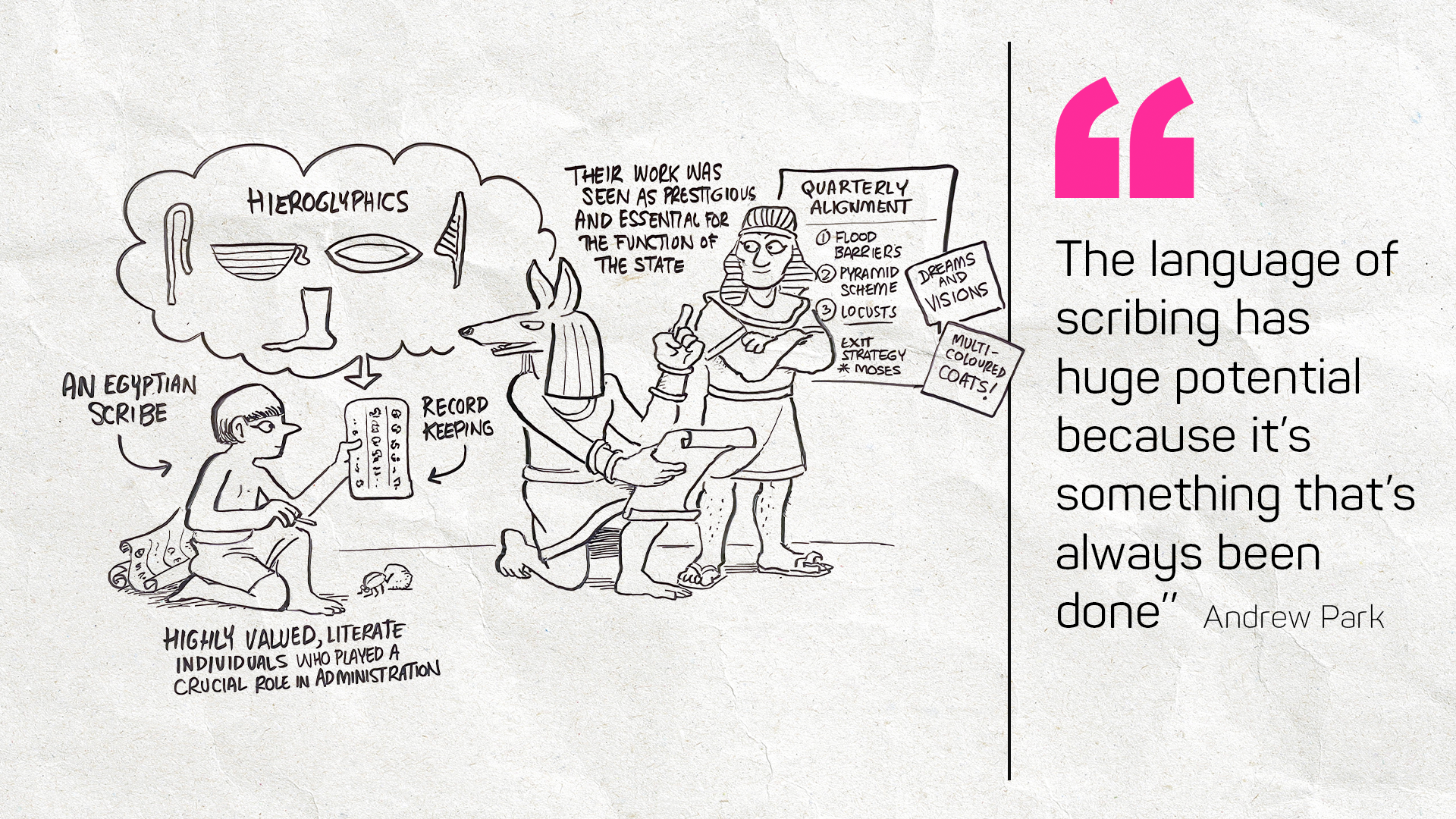
The Real-Time Advantage
Live scribing isn’t just a pretty picture at the end of the day. It transforms the experience of the event while it’s happening. It helps attendees:
Retain information by seeing it reinforced visually
Follow the flow of a conversation more easily
Spot patterns and connections that might otherwise be missed
Feel heard and understood through visual reflection
Scribes aren’t just summarising, they’re helping people see what’s being said, sometimes in ways they hadn’t considered.
It’s Not About Being a Great Artist
Here’s what might surprise you: being a brilliant illustrator isn’t the most important skill.
James again:
“What you don’t need is to be able to draw brilliantly. What you do need is to draw effectively—and know how to pick out the important points of the conversation.”
It’s about active listening, sharp thinking, and knowing how to visually emphasise what matters. It’s storytelling with markers.
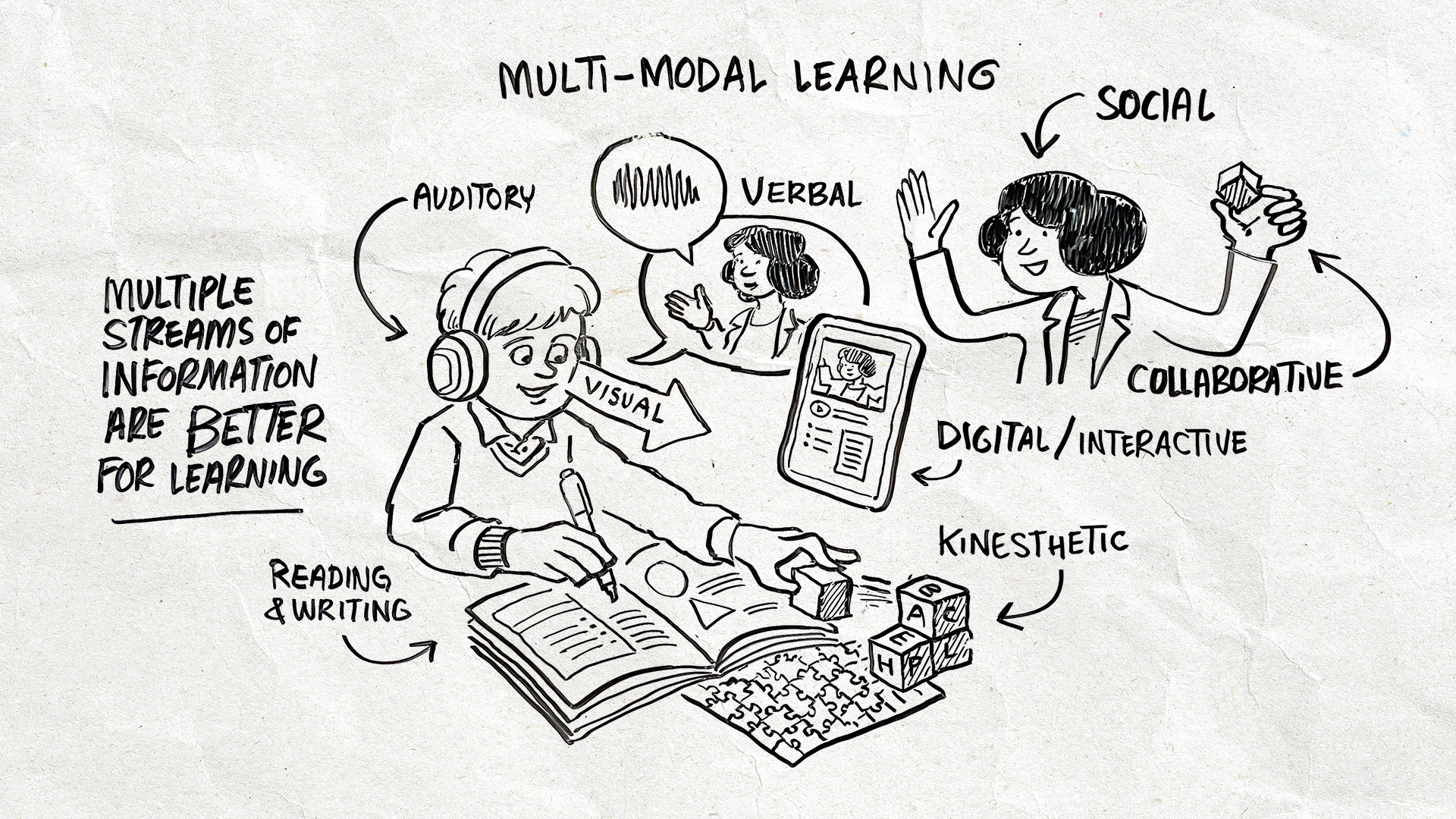
The Takeaway
In a world overflowing with content and conversation, live scribing cuts through the noise. It captures not just what was said, but why it mattered, making the ephemeral feel tangible. Whether you’re running a strategy session, hosting a conference, or leading a workshop, consider this:
What if your ideas didn’t just disappear into the ether?
What if they lived on—in vibrant, visual form?
That’s the promise of live scribing. And once you’ve seen it in action, you’ll never want to run another event without it.
Ready to bring your next event to life with live scribing? Get in touch by sending us a message or booking a call, we’d love to help you make it unforgettable!
Live scribing is the art of visually capturing conversations in real time. It’s part mind-mapping, part storytelling, and all about making complex ideas instantly clear and unforgettable.
We all know the stakes. When communication breaks down in the NHS, it's not just systems that suffer, it’s people. Missed signals. Duplicated work. Delays that ripple out. And beneath it all? A creeping misalignment that turns well-meaning teams into disconnected silos.
From complex ideas and important information to heartfelt and powerful messages, visual storytelling is able to connect with us at a deep level and explain key points in ways that engage and stay with us.
From complex ideas and important information to heartfelt and powerful messages, visual storytelling is able to connect with us at a deep level and explain key points in ways that engage and stay with us.
From complex ideas and important information to heartfelt and powerful messages, visual storytelling is able to connect with us at a deep level and explain key points in ways that engage and stay with us.
It gives us great pleasure to have you join me for this issue, as we explore the fascinating and always relevant subject of "The Medium is the Message."
Clarity doesn’t automatically come from data. It’s something you construct. What people need isn’t a flood of facts—it’s a visual story: built like a narrative, not a spreadsheet, and designed to be scanned, not deciphered.
Too often, presentations overburden the brain with information to decode, prioritise, and interpret. That’s where visual thinking becomes the executive cheat code. Visuals ease that load. They transform complexity into patterns, systems into stories.
The thing it seems almost no one wanted is upon us, tariffs. Like a suspiciously brown shaken-up snow globe, they’re obscuring normal trading relationships, putting global markets on edge and making life even more expensive than it already was.
Audiences rated whiteboard animation 33% more entertaining, 15% more memorable and 66% more likely to be shared. This research helped explain the amazing reaction to the RSA Animates and showcased the potential of whiteboard animation.
Explainer videos and engaging whiteboard animations, have emerged as powerful tools to convey complex messages with simplicity and creativity. Here, we explore nine innovative ways to integrate explainer animations into your marketing strategy, enhancing your brand's visibility, engagement, and conversion rates.
In the modern workplace, where attention spans are short, and information overload is common, utilizing innovative internal communication strategies is crucial. This article explores creative internal comms ideas, focusing on the power of animated explainer videos and whiteboard animations.
Often the very first books we encounter are picture books, our first introduction to the power of rich visual language. While our books change, the power of this language doesn’t. We’ve reflected on visual language, from picture books to explainer videos and whiteboard animation.
Whether it's making complex ideas feel simple or dry subjects feel engaging, our mission is to democratise knowledge. For over twenty years, we’ve been making this mission a reality, working on whiteboard explainer videos for clients across sectors ranging from education and health to international law and energy.
The best bit of our job is working with clients who have big ideas and complex messages. We’re always ready to make a complicated message feel relatable and understandable or help a visionary get their message out to the masses.
As pioneers of whiteboard animation videos, we’re proud of its ability to make the complex simple and share information far and wide. We want to share its explainer and storytelling superpowers with as many people as possible, but to quote a modern-day classic, ‘with great power comes great responsibility.’ That sometimes means saying ‘no’.
In today’s digital era, explainer videos have become indispensable tools for businesses, educators, and creatives to convey complex ideas in a clear and engaging manner. These videos, whether animated or utilizing techniques like whiteboard animation, captivate audiences and simplify intricate concepts.
We see whiteboard animation as a way of democratising knowledge and sharing the ideas that help us all understand and build a better, fairer world. It is packed with educational and visual storytelling tools that allow us to connect with viewers as we make even the biggest ideas accessible and understandable.
What’s the biggest hype narrative you’ve fallen for recently? Drop it below—no judgment. We’ve all bought something at 11 pm thinking it was genius, only to regret it by morning. (Although the Velcro drain unblocker is the shit!)
The Parker Probe isn’t just a shiny example of what humans can achieve when they stop arguing on X for five minutes. It’s also a reminder that big problems—whether they’re cosmic or corporate—need both boldness and a plan.
When we strip away the layers of imposter syndrome, it often boils down to storytelling—about who we are, what we’ve done, and where we’re headed. The narratives we tell ourselves shape our reality, and reframing those stories can unlock a healthier sense of self-worth.
Facebook and Instagram are going “back to their roots” of free expression. Because, clearly, what the internet desperately needed in 2025 was more rucks.
Watching The Traitors is like observing a high-stakes version of a spider weaving its web. Every accusation, every alliance, every teary-eyed confession pulls on the delicate threads of trust until the whole thing collapses in a heap of suspicion.
Ah, New Year’s resolutions. The annual tradition where we collectively trick ourselves into believing we’re only one heroic declaration away from becoming flawless human beings. This year, this will be the year we shed those bad habits like a moulting snake. Right? Wrong!
If you could pin down the essence of truth, could you draw it? That’s the question that lingered in my mind after speaking with Dan Ariely for my RSA Animate documentary—a project allowing me to reconnect with some of the most compelling thinkers of our time.
I have written a lot about failure. It’s something of a fascination for me. I am in a constantly evolving process with failure. When does failure become a success? Are there any true failures or is it just an endless process?
If you’ve spent any time in creative circles, you’ll know that while education has the potential to transform, we’ve been wielding this so-called "weapon" like a blunt instrument for far too long.
No matter where we find ourselves on the spectrum of human experience, creativity can play a vital role in survival, healing, and hope.
AI could revolutionise the NHS by taking on administrative tasks, giving doctors more time to spend with their patients. However, while this sounds like a dream solution, it comes with challenges. With great power comes great potential for, let’s face it, accidental chaos.











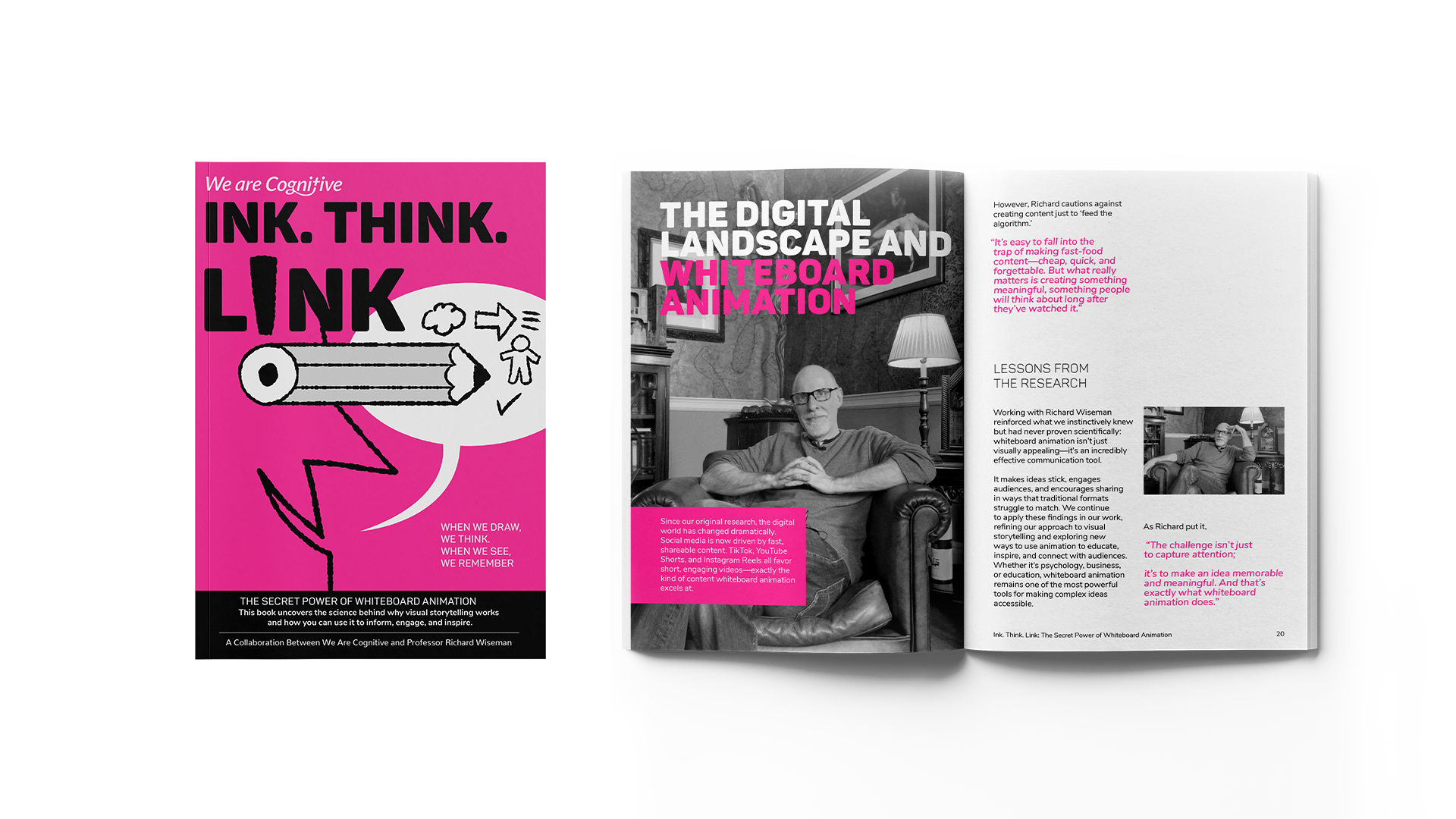








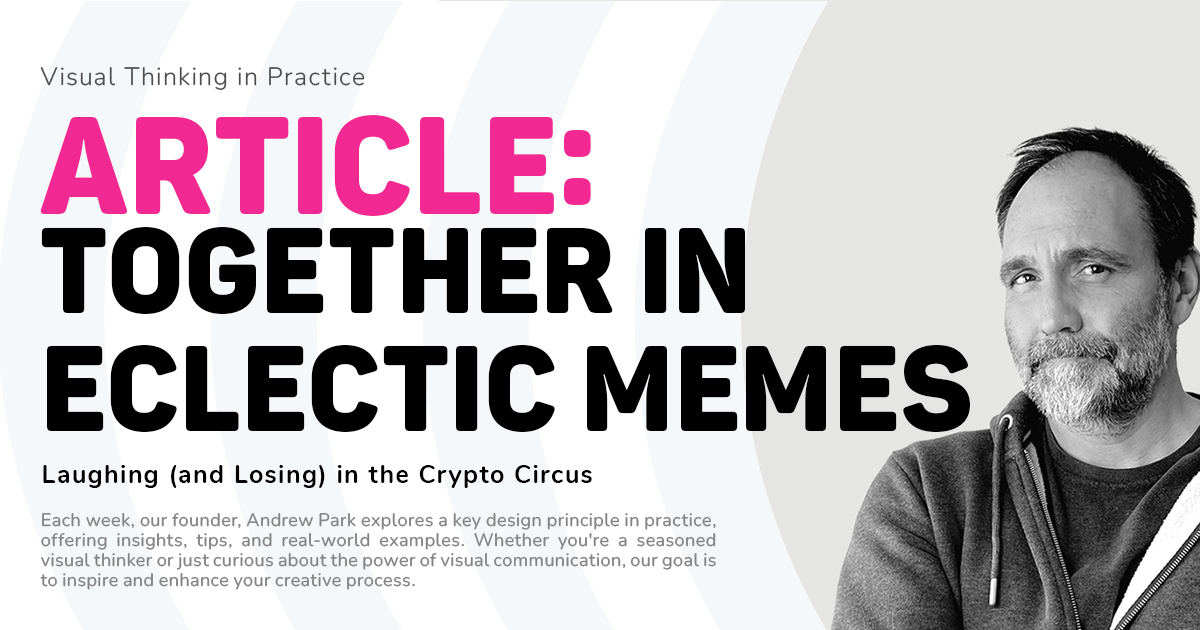



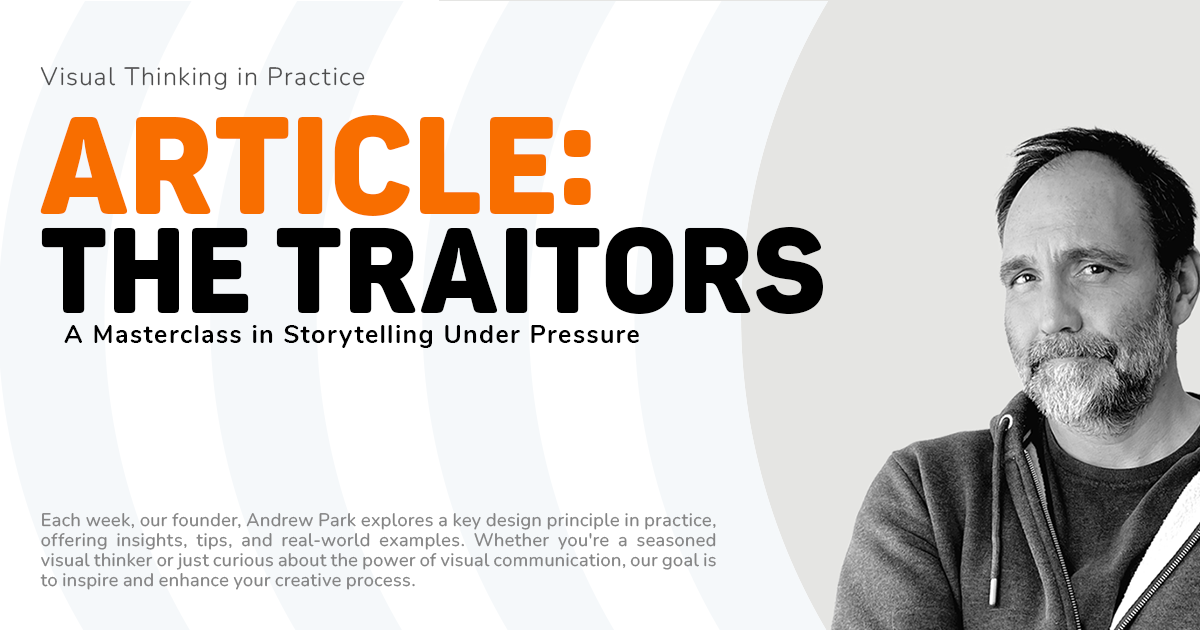

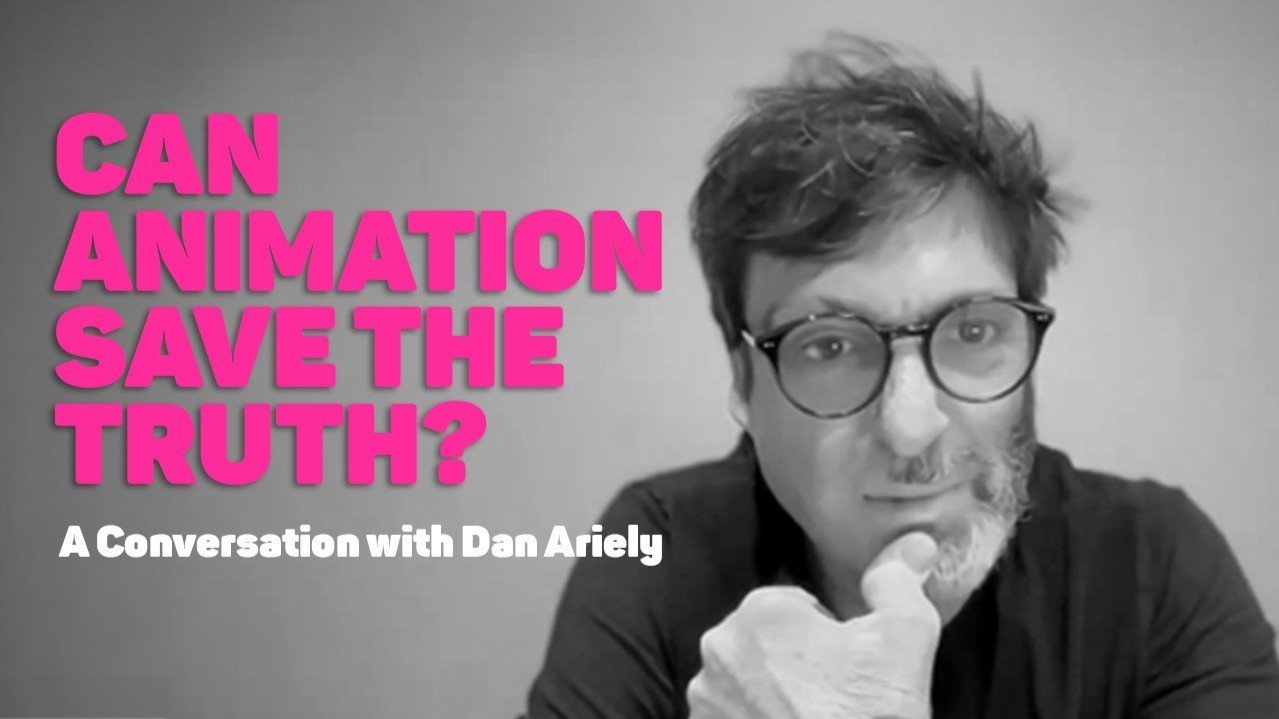




When presentations deal with complex ideas, dense information, or diverse perspectives, it’s easy for key messages to get lost. This is where live scribing becomes a game-changer.